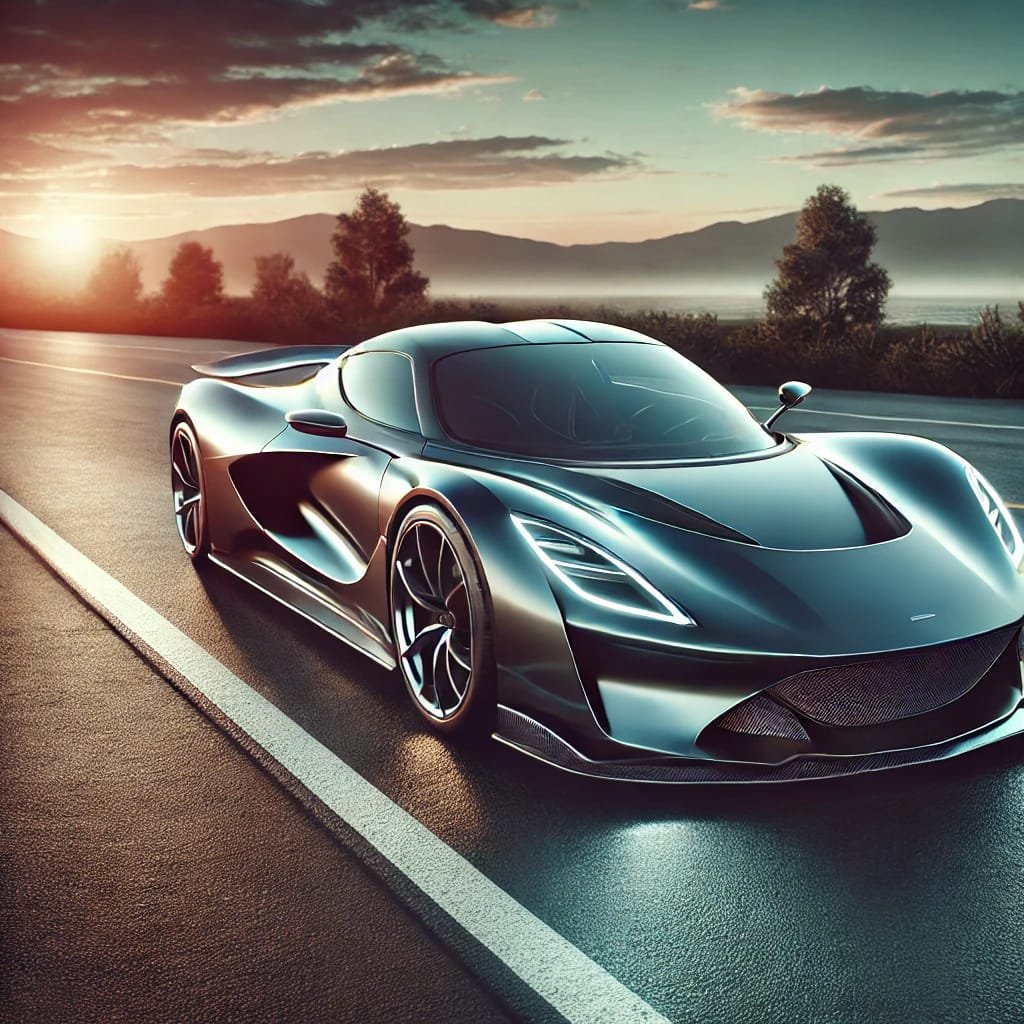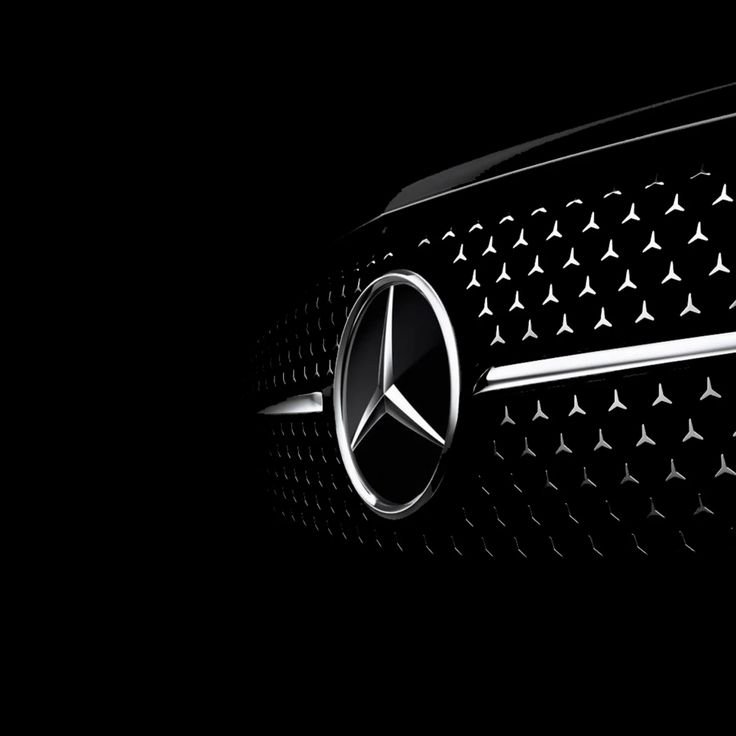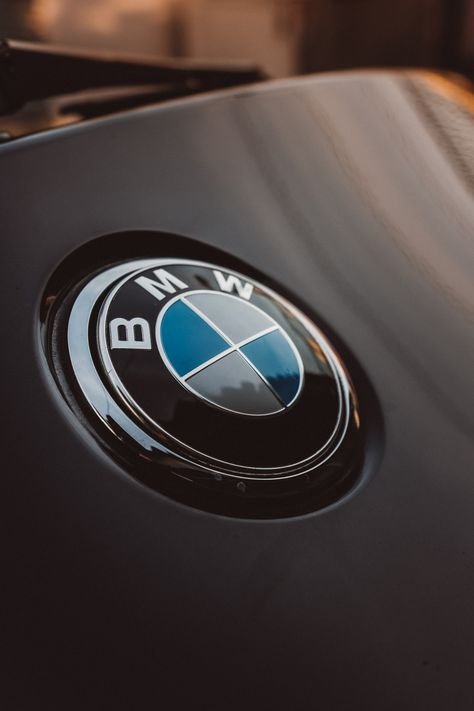
New car sales in the European Union (EU) have seen a sharp downturn, with August 2024 marking the lowest sales figures in three years, according to the European Automobile Manufacturers Association (ACEA). Sales dropped by 18.3% across the region, with major markets like Germany, France, and Italy reporting double-digit losses. The decline in sales is symptomatic of broader challenges in the automotive industry, including changing consumer preferences, the ongoing transition to electric vehicles (EVs), and fluctuating economic conditions across the continent.
This significant slump has raised alarm bells across the industry, especially as sales of fully electric vehicles (EVs), which were once seen as the future of the automotive market, also plummeted. The data for August 2024 reveals a 43.9% drop in EV sales, a worrying trend given that the shift to cleaner transportation is a central part of many countries’ environmental strategies. Germany and France, the two biggest EV markets in the EU, recorded substantial declines, with EV sales dropping by 68.8% and 33.1%, respectively.
This article explores the various factors contributing to the current slump in car sales in the EU, including the impact of declining EV sales, policy changes, and the growing presence of hybrid vehicles. We will also examine the broader context of the automotive industry’s struggles, such as the influence of Chinese EVs and the actions being taken to address the decline.
1. The Decline in New Car Sales: Understanding the Numbers
The August 2024 sales figures paint a bleak picture for the EU car market. According to the ACEA, the 18.3% decline in new car sales is the largest drop in recent years, surpassing even the disruptions caused by the COVID-19 pandemic in 2020. In addition to this, sales are now significantly lower than pre-pandemic levels, with no immediate signs of recovery.
Some of the key figures from the ACEA data include:
- Germany, the largest automotive market in Europe, saw new car sales drop by over 20%, contributing heavily to the overall decline.
- France and Italy followed close behind, with drops of 19.4% and 16.7%, respectively, highlighting the widespread nature of the problem.
- Overall, the EU registered approximately 722,000 new vehicles in August 2024, down from 885,000 in August 2023.
2. The Slump in Electric Vehicle Sales
One of the most significant and concerning aspects of the recent decline is the sharp fall in sales of fully electric vehicles. EV sales in the EU dropped by a staggering 43.9% in August, marking the fourth consecutive month of decline for the segment. This downturn is particularly concerning given the EU’s ambitious climate goals, which hinge on a rapid transition to electric vehicles to reduce carbon emissions and achieve climate neutrality by 2050.
Country-Specific Declines in EV Sales
- In Germany, EV sales plunged by 68.8%, highlighting the volatility of the market and the dependence on government incentives and consumer confidence.
- France saw a 33.1% drop in EV sales, adding to the broader concerns about the future of electric mobility in the region.
The decline in EV sales is partly due to diverging policies on green incentives across the EU. Several countries, including Germany, have recently reduced or phased out subsidy programs that previously made electric vehicles more affordable for consumers. Without these incentives, many potential buyers are opting for cheaper, internal combustion engine (ICE) vehicles or hybrid models.
Additionally, the growing presence of Chinese EVs in the European market has created a new challenge for both European automakers and policymakers. While Chinese manufacturers are able to offer competitively priced EVs, EU regulators have recently imposed hefty tariffs to prevent a flood of cheap imports, further complicating the market dynamics.
3. EV Sales Slowdown: Key Reasons
The drop in EV sales can be attributed to several factors:
- Phasing Out of Incentives: One of the primary reasons for the slump in EV sales is the reduction or elimination of government subsidies in major markets like Germany and France. These subsidies had been crucial in making electric vehicles more affordable for the average consumer, and their absence has led to a significant decrease in demand.
- Economic Uncertainty: The broader economic environment in Europe has been unstable, with inflation, rising interest rates, and energy costs affecting consumer purchasing power. As electric vehicles tend to have higher upfront costs compared to traditional ICE vehicles, many buyers are postponing their transition to EVs due to financial concerns.
- Lack of Charging Infrastructure: While there has been progress in expanding Europe’s EV charging infrastructure, it is still insufficient in many regions. Consumers in rural areas, in particular, are hesitant to invest in electric vehicles due to concerns about the availability and reliability of charging stations.
- Chinese Competition and Tariffs: The influx of affordable Chinese EVs into the European market has added another layer of complexity. While Chinese automakers are offering competitively priced models, the EU has responded by imposing tariffs to protect its own industry. However, these tariffs have increased the overall cost of EVs, further discouraging buyers.
4. Rise of Hybrid Vehicles: A New Market Leader?
While fully electric vehicles have struggled, hybrid vehicles—which combine internal combustion engines with electric motors—have gained market share in the EU. In August 2024, sales of hybrid vehicles rose by 6.6%, reaching a market share of 31.3%. This increase highlights the growing appeal of hybrids as a transitional technology for consumers who are not yet ready to commit to a fully electric vehicle but want to reduce their environmental impact.
Hybrid vehicles are seen by many consumers as an ideal compromise between the fuel efficiency and low emissions of electric vehicles and the familiarity and range of traditional ICE vehicles. As a result, many buyers are opting for hybrids, particularly in regions where charging infrastructure for EVs is still underdeveloped or where government incentives for EVs have been reduced.
5. Impact on Major Automakers
The decline in car sales has had a significant impact on some of the largest automakers in Europe. Volkswagen, Stellantis, and Renault—three of Europe’s largest carmakers—all reported declines in sales in August 2024. The drop in sales figures for these automotive giants reflects broader challenges in the industry, including changing consumer preferences, supply chain disruptions, and the transition to electric mobility.
Volkswagen Group
Volkswagen, which is Europe’s largest automaker by market share, saw its sales drop by 14.8% in August. The company has been heavily invested in the transition to electric vehicles, but the slowdown in EV sales has raised concerns about the effectiveness of its strategy. Volkswagen has also faced challenges from competitors, particularly Chinese EV manufacturers, which have gained ground in the European market.
Stellantis
Stellantis, the parent company of brands like Fiat, Peugeot, and Citroën, experienced an even steeper decline, with sales falling by 29.5%. The company has been focusing on expanding its lineup of electric and hybrid vehicles, but the sharp drop in overall sales has highlighted the difficulties in navigating the current market environment.
Renault
Renault, another key player in the European market, reported a 13.9% drop in sales for August. The French automaker has been a leader in the development of electric vehicles, but the recent decline in EV sales has put pressure on the company to adapt to changing market conditions.
6. Tesla’s Struggles in the European Market
The decline in EV sales has also affected Tesla, the global leader in electric vehicles. Tesla saw its sales drop by 43.2% in August 2024, highlighting the broader challenges facing the EV market in Europe. While Tesla has traditionally dominated the premium EV segment, the reduction in government incentives and increased competition from both European and Chinese automakers have created headwinds for the company.
Tesla’s struggles in Europe are compounded by the fact that its models are priced higher than many of the new entrants in the EV market, including Chinese manufacturers that offer more affordable alternatives. As a result, Tesla will need to reconsider its pricing strategy and possibly adjust its product offerings to remain competitive in the region.
7. Policy Responses: Stimulating the EV Market
In response to the declining EV sales, several European governments have introduced new policies to stimulate demand. For example, Germany, the largest market for EVs in Europe, agreed in September 2024 to offer tax deductions of up to 40% for companies on their sales of electric cars. This measure is aimed at encouraging corporate buyers to invest in electric vehicles, thereby providing a much-needed boost to the market.
However, these new policies may not be enough to reverse the overall decline in EV sales, particularly as consumer confidence remains low, and economic conditions continue to fluctuate. Governments across Europe will need to work closely with automakers to develop comprehensive strategies that address the barriers to EV adoption, including infrastructure development, affordability, and supply chain challenges.
8. Future Outlook: A Path to Recovery?
Despite the recent challenges, industry experts remain cautiously optimistic about the future of the automotive market in Europe. According to the campaign group Transport & Environment, battery-electric vehicles are still expected to capture between 20% and 24% of the market by 2025, largely due to the decreasing cost of EV technology and the introduction of more affordable models.
For this recovery to happen, however, both governments and automakers will need to take decisive action. Investments in charging infrastructure, the introduction of new incentive programs, and a focus on making EVs more accessible to the average consumer will be critical to reversing the current downward trend.
ALSO READ: Mercedes-Benz E-Class Long Wheelbase (LWB)





